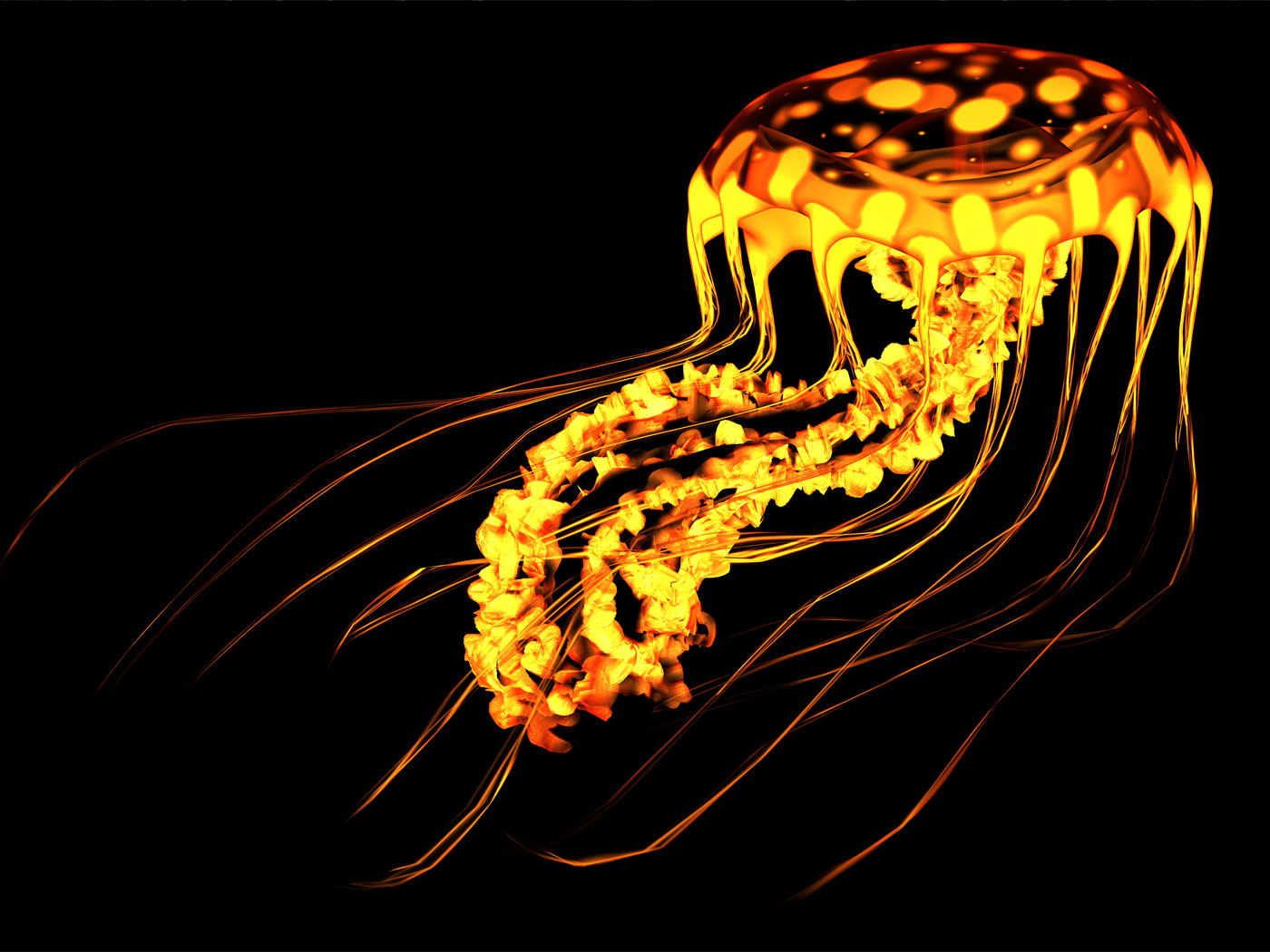Yunnan Province, China holds some very special eggs, containing the tiny bones of unborn sauropod dinosaurs. Within the Lufeng Formation, a relatively thin bed of red sediment contains these fossil eggs, mixed and buried amidst other fossils. While perhaps providing new clues to the ways sauropod dinosaurs developed from embryos, they also bear distinct marks of very recent flooding.
First, the find's context fits a watery cataclysm. Science NOW covered this story, describing the fossils as, "one nest after another destroyed by floods."1 Of course, Noah's year-long Flood strung together many disastrous tsunami-like flood events, each one covering a broad swath, sometimes blanketing areas the size of whole continents.
The study authors published in the journal Nature, explained why their fossils are so unique.2 One reason is that they occur in rock layers far below those containing most other sauropod egg fossils. To evolutionists, this represents a time long before later sauropods had evolved, thus providing a supposed window into some distant eon wherein these long-necked dinosaurs were still evolving. But they did not find any "half-baked" critters inside the eggs. The nascent sauropods displayed well-designed, fully-formed, fast-growth construction—as though they had been created on purpose.
To creationists, the egg-containing rock layer represents evidence of a wave-like pulse that occurred earlier during the same Flood year that inundated other equally well-designed sauropods whose egg fossils occur in higher strata.
The Nature authors wrote that the Lufeng Formation in China "is comparable temporally, environmentally and in faunal content to the Upper Elliot Formation of southern Africa."2 Could the Flood have deposited the Lufeng Formation as well as its apparent counterpart in Africa at the same time—before the continents separated?3
The second mark of recent flooding comes from the direct detection of protein remnants within the embryonic sauropod bones themselves. The Nature study authors used a state-of-the-art technique called FTIR to directly identify protein chemical signatures.4 FTIR does not destroy the sample, and does not require pre-processing that would risk exposing the sample to bacteria or other contaminants.
According to the research team, "Our results clearly indicate the presence of both apatite and amide peaks within woven embryonic bone tissue, which should not be susceptible to microbial contamination or other post-mortem artefacts."2
The significance of these results may not be directly apparent. Apatite is the mineral component of bone. Vertebrate bone cells manufacture it, but bacteria do not. The FTIR amide "peaks" graph protein-specific signatures. Both bacteria and vertebrates like dinosaurs manufacture protein. Therefore, finding apatite "woven" together with protein, as in actual bone, refutes the notion that bacteria might have made the proteins.
The study did not identify the protein by name, but verified that the materials are "probably direct products of the decay of complex proteins"2 In other words, the protein remnants were not mineralized over eons, but derive from organic material original to the dinosaurs. These results mirror the discovery of ovalbumin protein in sauropod eggshell fossils from Argentina.5
Of course, that should be impossible if the dinosaur egg fossils are as old as standard secular geology demands—in this case, 190 million years! Decay studies demonstrate that even those proteins locked in bone tissue have a shelf life that does not exceed hundreds of thousands of years.6 This discovery, like so many similar finds, truly embarrasses evolutionist's age assignments.
These tiny sauropod bones bear two clear marks from the Genesis Flood that buried them. They occur in flood-deposited rock layers, and their original proteins reflect thousands, not millions, of years' worth of aging.
References
- Wade, L. Giant Dinosaurs Got a Head Start on Growth. Science NOW. posted on news.sciencemag.org April 10, 2013, accessed April 19, 2013.
- Reisz, R.R., et al. 2013. Embryology of Early Jurassic dinosaur from China with evidence of preserved organic remains. Nature. 496 (7444): 210-214.
- Austin, S.A. 1994. Catastrophic Plate Tectonics: A Global Flood Model of Earth History. Presented at the Third International Conference on Creationism, Pittsburgh, Pennsylvania, July 18–23, 1994. Proceedings of the Third International Conference on Creationism. R. E. Walsh Ed. 609–621.
- More specifically, SR-FTIR is "synchrotron radiation-Fourier transform infrared spectroscopy."
- Schweitzer, M.H. et al. 2005. Molecular preservation in Late Cretaceous sauropod dinosaur eggshells. Proceedings of the Royal Society B: Biological Sciences. 272 (1565): 775-784.
- Buckley, M., et al. 2008. Comment on "Protein Sequences from Mastodon and Tyrannosaurus rex Revealed by Mass Spectrometry." Science. 319 (5859): 33c.
* Mr. Thomas is Science Writer at the Institute for Creation Research.
Article posted on May 8, 2013.

















